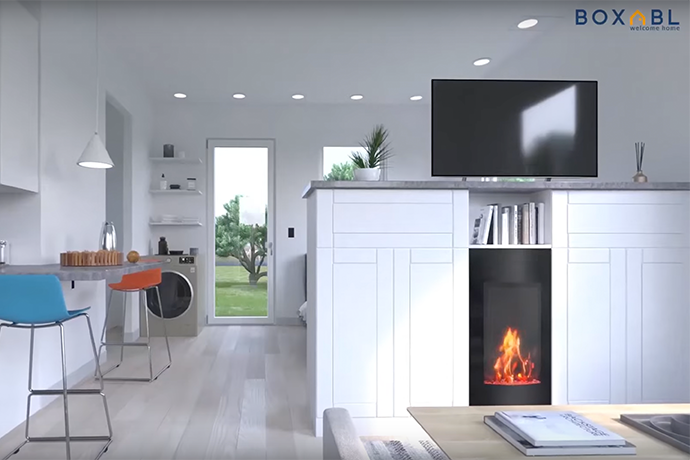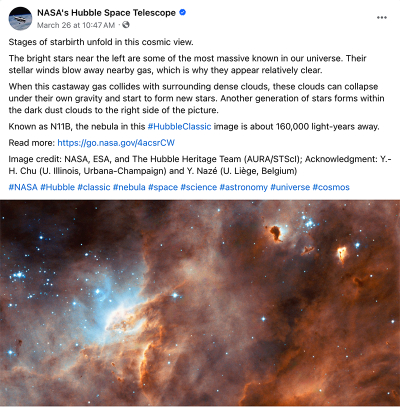1.7.1 🌀 Labyrinths, Foldable Houses, Scientific Method, Forest Bathing, Building with Trees

Since it's almost the start of summer, at least here in the US, I want to begin finding STEM/STEAM links to keep kids busy and interested over the next few months. In this email, the focus is on labyrinths and mazes. They interest me because they're everywhere around the world, by the thousands, and yet they're mostly invisible, in my travels at least. It might be fun to use the Worldwide Labyrinth Locator website to find a few and look them up.
Labyrinths and Mazes
I’m always intrigued by hidden things that turn out to be in plain sight. There’s a train platform scene in one of the Harry Potter movies, for example, where the kids walk into a pole to reach the train platform for Hogwarts. While in the real world walking into train station poles is not recommended, or useful, apparently it does work in a movie.
There are thousands of labyrinths around the world, and a website to help you find them. Usually they’re tucked into or behind churches. But I’ve never seen one. Or walked through one. I did a corn field maze years ago when my kids were little. But quickly gave up because it was too difficult. And stifling hot: not much breeze gets through acres of tall thick corn stalks.
The difference between a labyrinth and a maze is that a labyrinth has only one entry point and one exit. A maze can have multiple start and endpoints. A labyrinth can be meditative, leading us around and around to a single point. A maze often is a problem to solve. Anxiety is involved. While both are journeys, a maze is a puzzle while a labyrinth is an opportunity to reflect while walking in a defined path guaranteed to end at a single point with no fuss.
Anyway, an article about NYC labyrinths got me wondering if math is involved (yes: topology), what is a labyrinth, are they mazes, and other questions. Turns out there also are math mazes you can work through on paper by solving math problems. And there's a neat video showing how to draw a maze on paper, by a Ms Cooper who has a YouTube channel full of fun projects. If you're interested, here's links that might get you outdoors with or without kids. Could be a fun adventure.
Labyrinth
https://en.wikipedia.org/wiki/Labyrinth
Worldwide Labyrinth Locator
https://labyrinthlocator.com/locate-a-labyrinth
Build a Backyard Labyrinth
https://www.instructables.com/Build-a-Backyard-Labyrinth/
Hidden Symmetries of Labyrinths from Antiquity and the Middle Ages
http://www.ams.org/publicoutreach/feature-column/fc-2015-10
How to Draw a Maze
https://www.youtube.com/embed/mGhvr63-YxQ
https://www.youtube.com/@MsCoopersArtClass
The Labyrinth Society
https://labyrinthsociety.org/about-labyrinths
https://www.youtube.com/channel/UCvlZ0FybLM_mqhoHlT1Nqow
Mazes and Labyrinths
http://showmeyourmath.ca/outreach/mazes-and-labyrinths/
Lure of the Labyrinth
https://education.mit.edu/project/lure-of-the-labyrinth/
https://education.mit.edu/labyrinth/index.html
https://www.commonsense.org/education/reviews/lure-of-the-labyrinth
https://www.youtube.com/watch?v=sbBjW0wtNz8
Multi-Operation Math Maze
https://www.worksheetworks.com/puzzles/math-maze.html
The Mathematics of Mazes
https://people.math.harvard.edu/~knill/teaching/mathe320_2022/handouts/00-worksheet.pdf
How to Escape a Maze, According to Maths
https://theconversation.com/how-to-escape-a-maze-according-to-maths-71582
Summer Projects
It's getting to be that time of year, with the end of school. Starting with the labyrinth and maze links above, for the next 10-12 weeks I want to share at least one project that might be fun to try with kids, or by yourself. Here's what I'm thinking of researching, writing up, and sharing. Let me know if you have any additional ideas you'd like to know more about?
I'd like to cover: Computing Unplugged, Geocaching, Coding, Games (eg Hopscotch, Roblox), Bakuro, Instructables, Electronics, Cardboard projects, and maybe Robotics. And knitting.
Folding Houses

Forget 3D printing your house. This video looks like Ikea for homes. For $50,000 USD they deliver a single large block to your lot. Then unfold it into a small home. It's built in a factory, looks like a lot of robots, then folded into a block that can be put on a truck and delivered. Apparently, they have 160,000 people on a wait list and their factory can build one home every four hours.
https://www.youtube.com/embed/ViyucP0KHx0
https://boxabl.com
Scientific Method
Kids, especially little ones, experience the world in a mostly chaotic way – maybe learning about water and splashing by jumping in puddles. Sharing the scientific method with them is one way to help them organize and learn from their experiences of the world.
What exactly is the scientific method? I actually have to look it up. It's been awhile since I haunted a fifth grade classroom.
- Gather information about something interesting that you wonder about
- Form a hypothesis or educated guess based on the information that you've gathered
- Test with an experiment to prove or disprove your hypothesis
- Write down results from your experiment(s)
- Analyze results to figure out what is true and not true based on your experiment(s)
- State conclusions that you know are true and not true
- Report results of your conclusions
Turns out the internet is full of worksheets and materials if you really want to dive into teaching kids the scientific method. But the method also works informally. You can simply ask your kid(s) what they think will happen if they stomp in a rain puddle. Or toss wet noodles against a painted wall versus a cement wall. There's lots of fun ways to explore the world and help kids learn how to structure their life experiences in meaningful ways.
The US National Institute of Health website also has fun links to science information and projects for kids.
Scientific Method
https://kids.niehs.nih.gov/topics/how-science-works/scientific-method
Introducing the Scientific Method to Preschoolers
https://good2knownetwork.org/2019-10-24-introducing-the-scientific-method-to-preschoolers/
Learn How to Use the Scientific Method for Kids
https://earlylearningideas.com/scientific-method-for-kids/
Building with Trees
I never had a tree house but do recall climbing the redwood trees near our house and sitting up to look down and relax among the branches and nearby trees. People apparently do build with actual trees. And not only tree houses. There's also something called forest bathing which is the idea that humans and trees are symbiotic on a chemical level, that trees can help calm people down.
Anyway, searching online for "trees and architecture," I found a book, Growing Architecture. The description of the book mentions a term, Baubotanik. Searching that term led to some really interesting links. There's an Office for Living Architecture, for example. And some of this information is in German, oddly enough.
Office for Living Architecture
https://www.o-l-a.eu/baubotanik-en/
Baubotanik
https://en.wikipedia.org/wiki/Baubotanik
Museum of Architecture and Design: Future Architecture
https://futurearchitectureplatform.org/projects/537905c7-70ab-4bbb-a4a9-3ef833f1c078/
Plant Pavilion: Botanic Building
https://www.youtube.com/embed/Dqmfv8uaYWA
Forest Bathing: What It Is and Its Potential Benefits
https://health.clevelandclinic.org/why-forest-therapy-can-be-good-for-your-body-and-mind
Forest Bathing (shinrin-yoku)
https://www.newyorker.com/culture/photo-booth/japanese-photographer-captures-the-mysterious-power-of-forest-bathing
This Week
Our Sunday issue this week is for paid subscribers. It will have fun often offbeat links about why the planet Neptune is blue, a transparent laptop, what bring Gen Zs to libraries, plants actually do scream, how the first cellular life on Earth formed, and more.







Member discussion